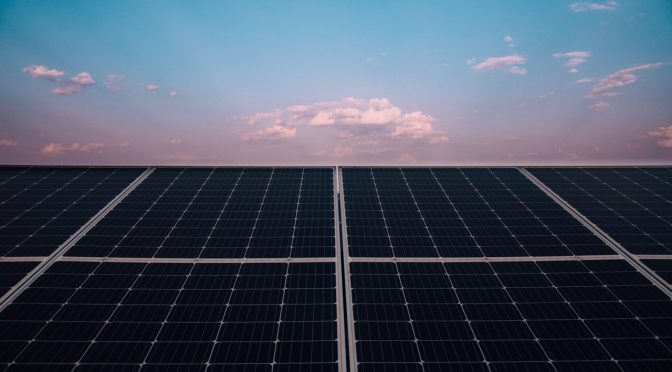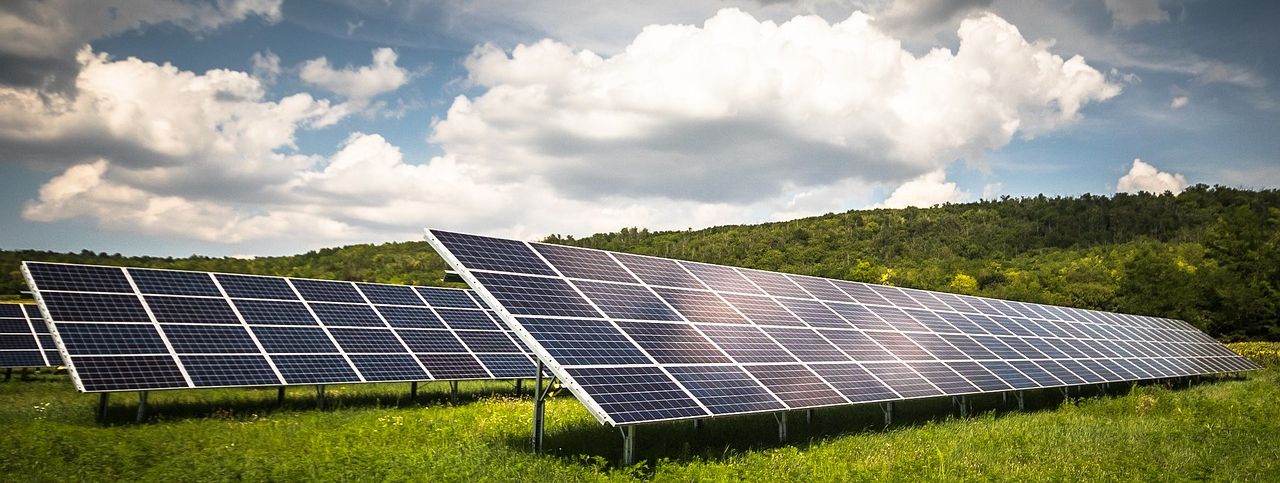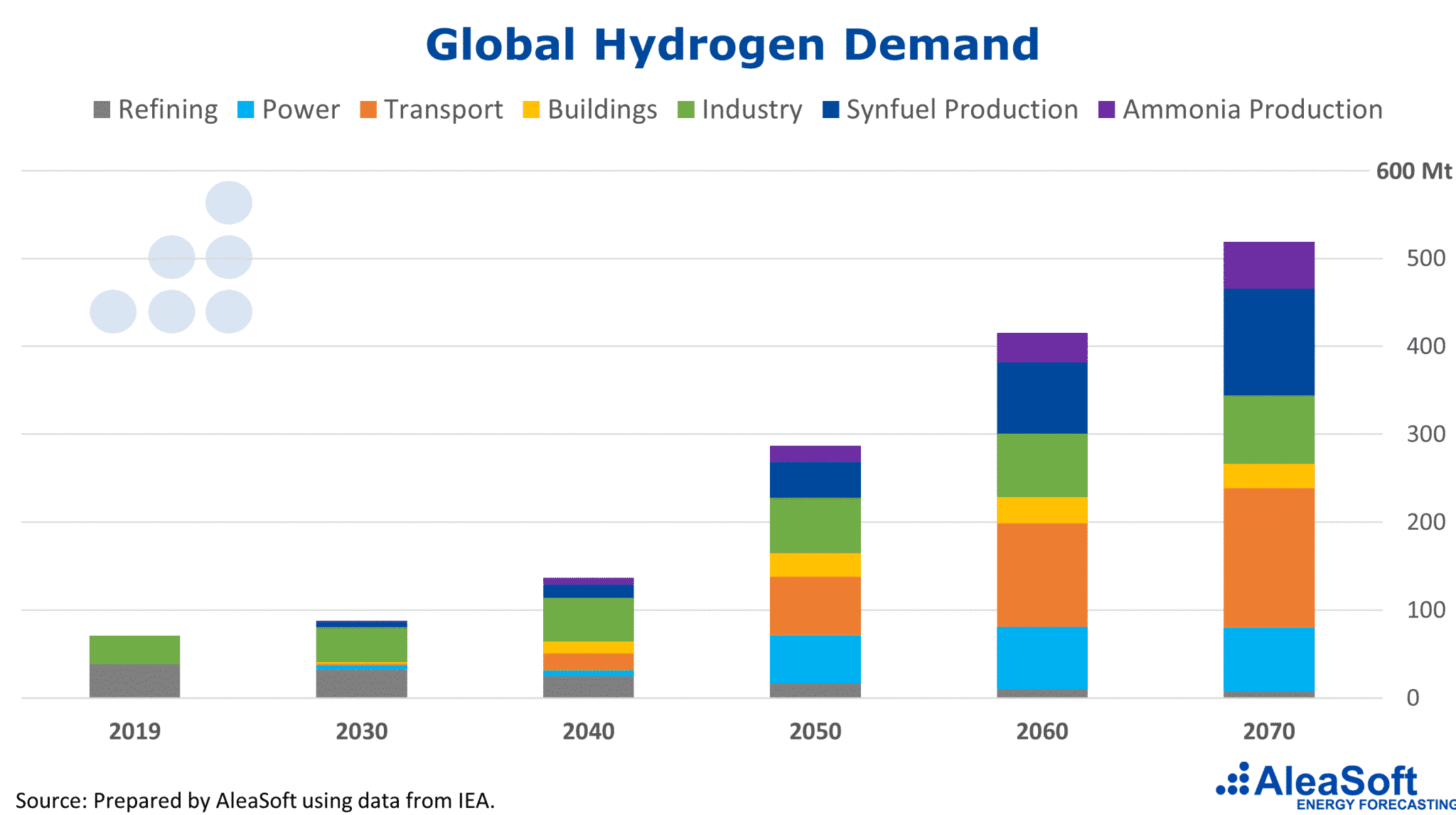The time for batteries has come. Their role in managing renewable energies to avoid curtailments and price cannibalisation is already beginning to look necessary. The situation is becoming urgent and both support and regulation must be accelerated to make possible large-scale deployment of batteries and green hydrogen.
Energy storage systems have been making headlines in last weeks. It seems that, with the increase in solar photovoltaic energy capacity, the time has come when electricity market prices are starting to show the impact of renewable energies and this has raised some alarms, but also alerts of the business opportunities for batteries and storage systems in general.
BESS: battery energy storage systems
While this situation has long been foreseen, it seems to be taking everyone by surprise when the time comes. Neither business, government nor regulation are yet ready for batteries.
It is still virtually impossible for battery installations to obtain financing without subsidies. While there are already subsidies in place for storage systems, another very important factor for the widespread implementation of these systems is missing: clear regulation.
The long-promised capacity market is becoming urgent. Without capacity payments, all the investment required to be able to install all the storage capacity needed will not happen in time for a minimally smooth and secure energy transition.
Capacity payments are essential for the development of storage. The state must promote storage with capacity payments, which are necessary for the bankability of projects. Just as France is prepared to invest billions of Euros in nuclear power, the time has come for Spain to give a decisive boost to the installation of batteries. What will be more profitable: developing new nuclear power in France or developing photovoltaic energy with batteries in Spain?
Energy storage: a must for photovoltaic energy
On last April 26, a new record was reached for instantaneous solar photovoltaic energy production, which exceeded 15 000 MW. According to the latest data from Red Eléctrica de España (REE), installed photovoltaic capacity at national level now stands at 20.3 GW, a value that will lead to a clear upward revision of the NECP (National Energy and Climate Plan) target for 2030, which currently stands at 39.2 GW. This increase in solar energy production is leading, already in spring, with the help of wind energy production and low demand at this time of year, to very low prices during the central hours on some days.
This phenomenon of price cannibalisation, although it has been anticipated for years, seems to have taken the industry by surprise, as it has begun to take the need for energy storage capacity seriously in an electricity system with a large contribution from solar and wind energies.
The hybridisation of storage with renewable energies will make it possible to manage renewable production that is variable by nature. This management capacity will largely prevent the curtailment of renewable energies and, as it will allow part of the energy to be stored and injected into the grid at later times with better prices, it will be very necessary for photovoltaic energy as it will prevent excessive cannibalisation of prices in the central hours of the day.
Green hydrogen: the ideal partner for photovoltaic energy
Green hydrogen will be the undisputed fuel of the future. Its role in the decarbonisation of some sectors, such as transport and industry, where electrification is not possible, will be key and its demand is expected to increase at least by six in a few decades.
The production of green hydrogen will require a large amount of renewable energy, and photovoltaic energy will be the perfect building block for this. By hybridising photovoltaic energy plants with hydrogen generation plants, also hybridised with wind energy plants and battery systems, it will be possible to produce green hydrogen without the need to consume large amounts of energy from the grid and at very competitive prices. Photovoltaic and wind energy will avoid wasting energy that could not be fed into the grid, and through a fixed-price PPA with the hydrogen plant they will be able to secure a minimum income.
Long-term price forecasts with hourly granularity are necessary for the optimisation and correct sizing of hybrid renewable energy, battery and hydrogen installations. With these hourly price forecasts with a horizon covering the lifetime of the plant, typically twenty to thirty years, it is possible to estimate the revenues from the sale of energy and the optimal capacity of the installation, taking into account the plant’s evacuation capacity, storage capacity, hydrogen production, as well as hourly wind or photovoltaic energy generation.
Green hydrogen as seasonal energy storage
One of the roles that green hydrogen will play in decarbonisation will be as a seasonal energy storage technology. Hydrogen’s ability to be produced from the electrolysis of water in an electrolyser using electricity and then used to produce electricity in a fuel cell makes it an ideal tool for storing energy in large quantities and for long periods of time.
In a 100% electricity mix, there must be a way to store excess renewable energy produced, for example, by photovoltaic energy during the summer, and inject it back into the grid at times of lower renewable energy production and higher demand, such as in winter. Batteries do not have the capacity to store energy for such a long period of time. Hydrogen, although it has its limitations and difficulties, is much more suitable for this seasonal storage function.
AleaSoft Energy Forecasting’s analysis of the state and outlook for storage in Europe
The last webinar of the monthly webinar series organised by AleaSoft Energy Forecasting and AleaGreen, the 32nd edition, focused on the analysis of the situation and perspectives of energy storage systems. The webinar was attended by experts in the field: Raúl García Posada, Director of ASEALEN, and, in the Spanish version of the webinar, Javier Gebauer, Senior Manager at Rolls Royce Solutions Berlin. During the webinar, the technical, regulatory, economic and financial issues of batteries as well as energy storage systems in general were addressed.
The next edition of the monthly webinar series will take place on May 11, 2023 and the Spanish version of the webinar will feature Luis Atienza Serna, former Secretary General of Energy and Minister of the Government of Spain and later Chairman of Red Eléctrica de España (REE), who will provide his interesting insight into the future of the energy sector both in Europe and in South America, where he also has professional experience.




